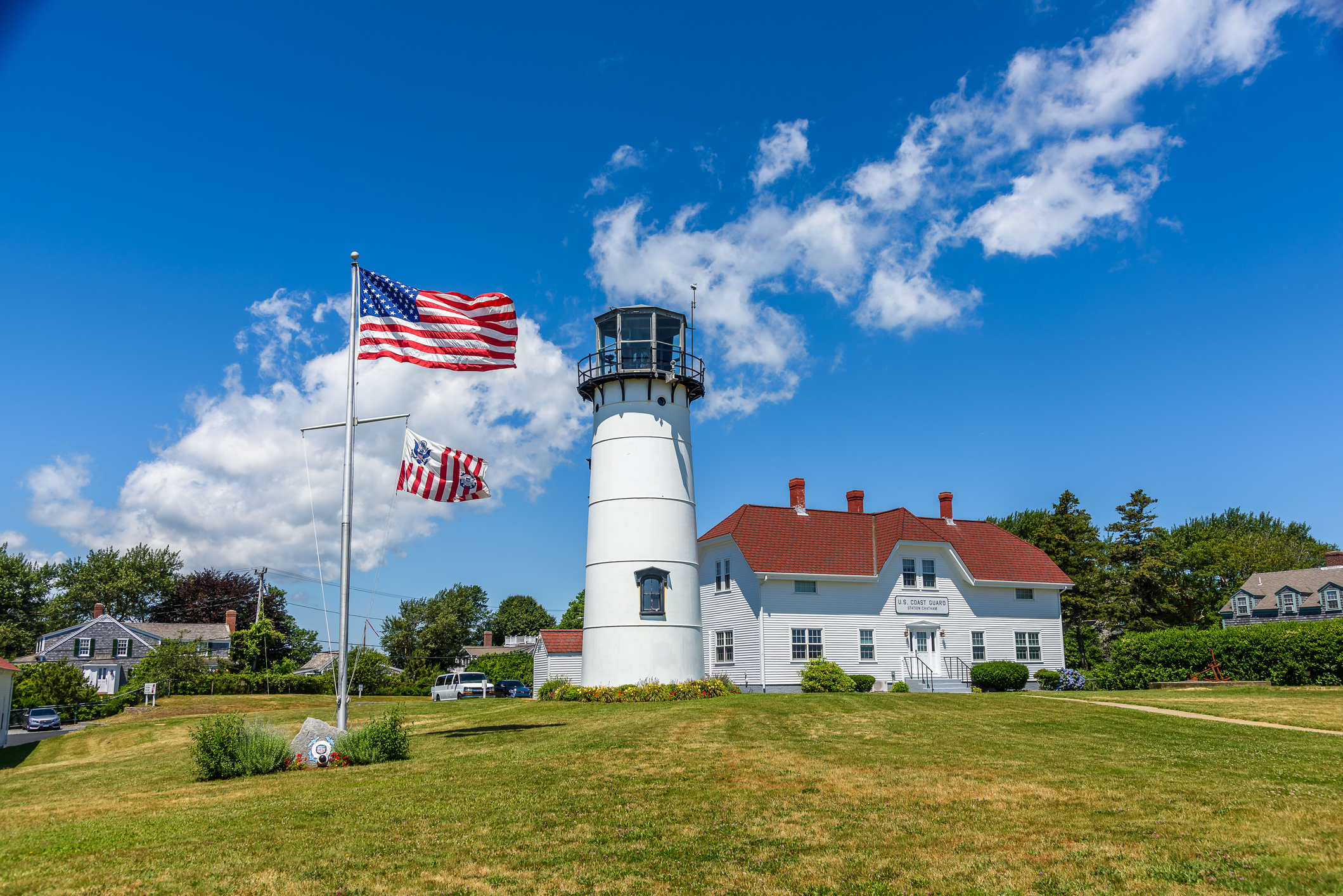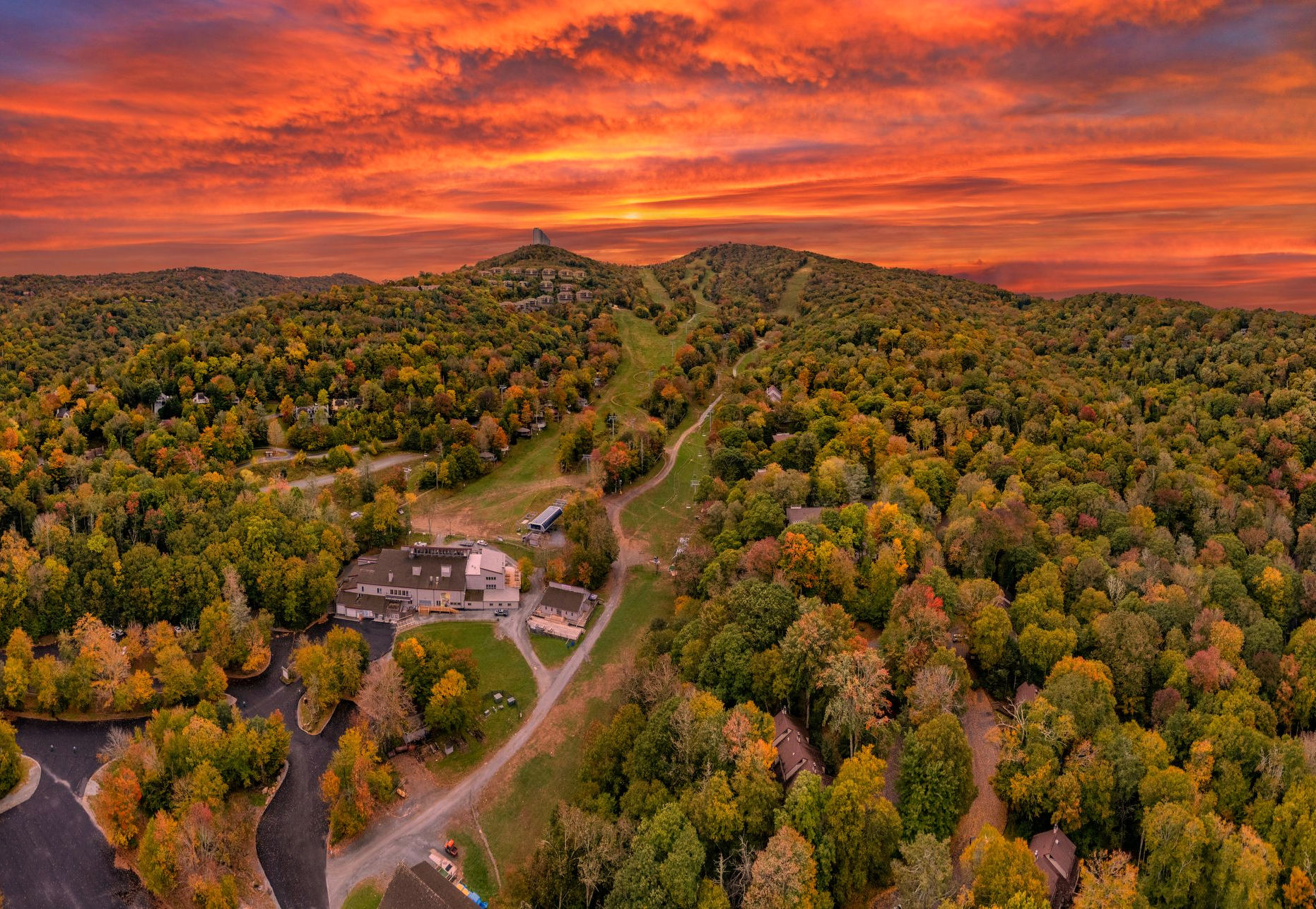Save on Fees and Experience Professional Service
ST AUGUSTINE
IDEA DRIVEN VACATIONS
Search for Travel Guides, News, Events, Special Interests, and More!
-
Activities and Interests
Uncover fun activities and special interests for your upcoming trip
-
Event Travel
Plan your trip around concerts, festivals, and special events worth traveling for
-
Attractions
Explore top landmarks, scenic spots, and can't-miss local highlights
-
Travel Guides
Navigate each location like a local with our detailed travel guides
-
Travel News
Stay updated with the latest travel trends and vacation rental tips
-
Trip Ideas
Find inspiration for your next getaway with curated trip suggestions and themes
-
Travel Newsletter
Join our newsletter for exclusive travel insights, featured destinations, and trip planning tips
TRENDING
Chatham Cape Cod Massachusetts Destination
Chatham Massachusetts
Travel Guide
Chairs for your Vacation Property Living Area
by Alex Sanders
Day Out With Thomas at Tweetsie Railroad
Blowing Rock North Carolina
Sugar Mountain Travel Guide | Things to Do & Where to Stay
Sugar Mountain North Carolina
The Ins and Outs of Vacation Rentals
by Alex Capozzolo
Ponce De Leon's Fountain of Youth Archaeological Park
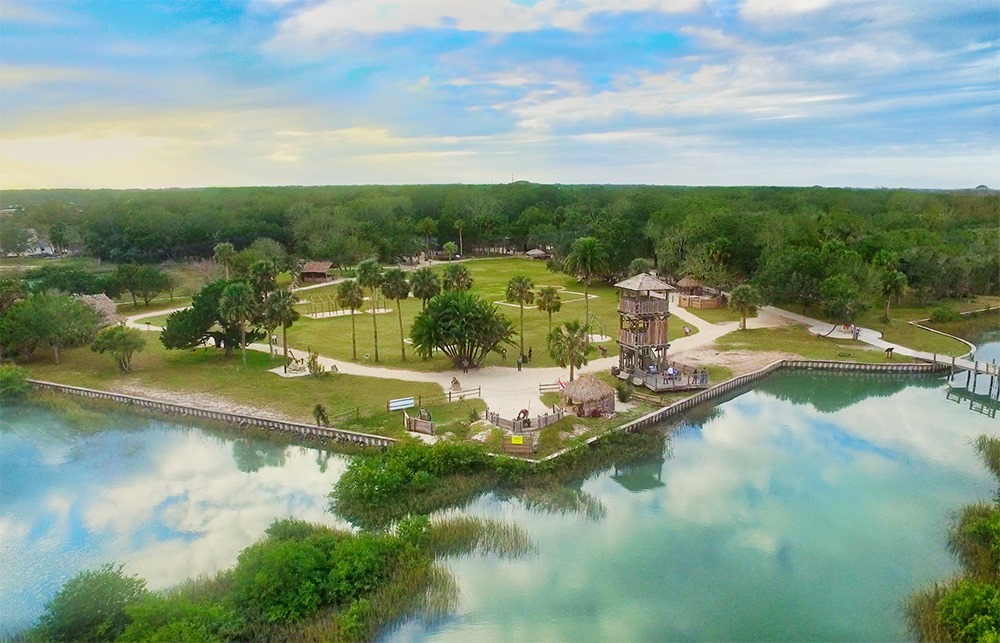
At Ponce De Leon's Fountain of Youth Archaeological Park, you'll traverse the crossroads of myth and history. Rooted in Renaissance exploration, the park illuminates Juan Ponce de León's legendary quest for immortality. Discover archaeological finds like 16th-century Spanish pottery and indigenous artifacts that reveal rich pre-contact cultures. Engage in immersive reenactments and interactive exhibits that bring history to life. Learn about the Timucua people's sophisticated society and the early Spanish endeavors in the region. The scenic landscapes and thoughtfully curated educational tours enhance your experience. To uncover more intriguing aspects of this historical site, continue exploring further.
Key Takeaways
- Offers interactive exhibits, guided tours, and cultural performances reflecting historical and mythological significance.
- Archaeological discoveries include 16th-century Spanish artifacts and indigenous items, providing insights into early contact periods.
- Features reenactments and demonstrations showcasing skills and technologies of Spanish explorers and Native Americans.
- Scenic landscapes, including waterfront views and lush gardens, enhance visitor experience.
- Preservation efforts ensure the site's historical integrity and educational value for heritage tourism.
Historical Significance
Rooted in the lore of early exploration, Ponce De Leon's Fountain of Youth Archaeological Park serves as a tangible connection to the myth and history surrounding the Spanish quest for eternal youth. You can see how this site has shaped the cultural impact of St. Augustine, Florida, by attracting visitors from around the world for centuries. It's not just about the allure of mythical waters; the park encapsulates the broader narrative of early European exploration in the New World.
Preservation efforts at the park have been essential in maintaining its historical integrity. These actions guarantee that you experience an authentic glimpse into the past, further enriching your understanding of the site's significance. The archaeological findings here provide a wealth of information, revealing the daily lives of the Timucua people who lived in the area long before the Spanish arrived.
Heritage tourism flourishes as a result, offering you an engaging way to connect with history. The park's artifacts and reconstructions make history tangible, fostering a deeper appreciation for the cultural exchange that shaped early colonial interactions. By safeguarding these elements, the park continues to serve as a vital educational resource and a bridge to the past.
Juan Ponce De León
When considering Juan Ponce de León, you should recognize his role as an early Spanish explorer credited with the European discovery of Florida. His journey was partly driven by the mythical quest for the Fountain of Youth, which has since become a significant cultural narrative. Analyzing his expeditions provides insight into the motivations and impacts of early colonial endeavors in the New World.
Early Spanish Explorer
Juan Ponce De León, a determined and ambitious Spanish explorer, set off on his quest for new territories and riches in the early 16th century, driven by both personal ambition and the broader imperial goals of Spain. His journey was emblematic of the era of Spanish colonization, where the allure of the New World exploration led many to brave unknown seas and lands. You can see how Ponce De León's expeditions were not just about individual glory but were deeply tied to Spain's desire to expand its empire and influence.
His early ventures in the Caribbean, particularly his role in the colonization of Puerto Rico, showcased his strategic mindset and tenacity. Ponce De León's appointment as the first governor of Puerto Rico underscored his significance in the Spanish Crown's plans. For you, understanding his actions sheds light on the broader context of the early Spanish explorers who paved the way for future expeditions.
The evidence of Ponce De León's impact is clear in the historical records and the lasting geographical names that continue to honor his legacy. His story is a reflection of the intertwined nature of exploration and colonial ambition, highlighting the complex motives behind such daring undertakings.
Mythical Quest Origins
While Ponce De León's tangible achievements as an early Spanish explorer are well-documented, his mythical quest for the Fountain of Youth adds a fascinating layer of intrigue to his historical narrative. The origins of this mythical quest are deeply embedded in the fabric of Renaissance-era Europe, where explorers were driven by a thirst for the unknown. The stories of a miraculous spring that could restore youth captivated imaginations, and Ponce De León, keen for fame and fortune, became intertwined with these mythical legends.
Florida Discovery Journey
Ponce De León's journey to Florida, driven by both ambition and curiosity, laid the groundwork for future European exploration in the region. His 1513 expedition was a seminal moment in the Age of Exploration, marking the first documented European arrival on what is now the mainland United States. Unlike many explorers who were motivated solely by conquest, Ponce De León's quest had a dual nature of seeking both mythical and tangible riches.
You can appreciate how his adventure was not merely about charting new lands but also about the insatiable human desire for discovery and understanding. Historical accounts suggest Ponce De León's expedition was meticulously planned, leveraging Spanish navigational prowess to traverse the perilous Atlantic. His landing in Florida, a name derived from "La Florida" or "land of flowers," was a moment of profound significance, cementing his place in the annals of exploration.
This journey wasn't just a personal adventure for Ponce De León; it symbolized a broader European ambition to expand their horizons and seek new opportunities. His exploration paved the way for future expeditions, igniting a spirit of discovery that would shape the history of the New World.
The Legendary Spring
You're about to explore the historical significance of the legendary spring, a site rooted in both myth and reality. Evidence suggests that while the spring's fabled powers might be exaggerated, its role in the cultural history of the region is undeniable. As you visit, you'll find that the experience seamlessly blends educational insights with the allure of ancient legends.
Historical Significance Unveiled
Many believe the legendary spring at Ponce De Leon's Fountain of Youth Archaeological Park holds immense historical significance, as it is thought to be the very site where the Spanish explorer sought eternal youth in the early 16th century. This belief isn't just folklore; it intertwines with the park's dedication to historical preservation and cultural importance. Here, the past is meticulously preserved through archaeological research and scientific exploration, offering a tangible connection to early colonial history.
When you visit, you're stepping into a place where:
- Artifacts and Excavations: Ongoing archaeological digs have unearthed countless relics, providing invaluable insights into the lives of indigenous peoples and early European settlers.
- Educational Displays: The park features educational exhibits that use these findings to narrate the site's layered history, from pre-Columbian times to Spanish exploration.
- Living History Programs: Interactive programs and reenactments bring history to life, making you feel like you're part of the 16th-century quests and discoveries.
These elements collectively highlight the park's role in preserving a culturally significant site. It's a demonstration of how scientific exploration can reveal layers of history, making the legendary spring a focal point for understanding our rich, shared heritage.
Myth Versus Reality
Despite the allure of the legendary spring, it's essential to scrutinize the historical and scientific evidence that separates myth from reality. Ponce De Leon's Fountain of Youth is deeply rooted in cultural beliefs, but there's scant evidence to support the existence of a magical spring that grants eternal youth. Scientific research has shown that while the waters in the area do contain minerals, they're no different from those found in other natural springs.
Historical records suggest that Ponce De Leon's quest for the Fountain of Youth may have been more myth than reality. Scholars argue that the legend was likely a posthumous invention, a romanticized tale created to add mystique to his explorations. There's no concrete documentation from De Leon himself that explicitly mentions his search for such a spring.
Cultural beliefs, however, have kept the legend alive, transforming it into a powerful symbol of humanity's desire for longevity and energy. While it's tempting to get swept up in the myth, it's vital to ground our understanding in scientific research and historical context. The story persists not because of its factual accuracy, but because it speaks to a universal yearning for freedom from the constraints of time.
Visitor Experience Highlights
Visiting the legendary spring at Ponce De Leon's Fountain of Youth Archaeological Park offers an intriguing blend of historical context and cultural mythology. As you approach, the anticipation builds, knowing you're stepping into a site that's captured imaginations for centuries. The spring itself is more than just a water source; it's an immersive experience designed to connect you to the past.
Here are three highlights you can look forward to:
-
Interactive Workshops: These sessions explore the scientific and historical aspects of the spring. You'll participate in activities that showcase how the spring was discovered and its significance in various cultures.
-
Immersive Demonstrations: Witness re-enactments that bring the legend of Ponce de Leon to life. These demonstrations are not just for show; they offer a hands-on approach, allowing you to engage directly with the historical narrative.
-
Cultural Performances: Enjoy traditional music and dance that mirror the rich heritage associated with the spring. These performances are often followed by hands-on activities, where you can try your hand at ancient crafts or learn traditional dances.
These elements ensure your visit is both enlightening and captivating, offering profound insights into the cultural and historical tapestry of this legendary site.
Archaeological Discoveries
Recent archaeological discoveries at Ponce De Leon's Fountain of Youth Archaeological Park have provided compelling evidence that challenges conventional narratives about early European settlements in North America. You'll find that these findings, unearthed through advanced excavation techniques, reveal archaeological treasures that paint a more nuanced picture of the interactions between European settlers and indigenous populations.
These archaeological treasures were uncovered using meticulous excavation techniques, such as stratigraphic analysis and ground-penetrating radar. This precision allows researchers to contextualize their findings within broader historical narratives. For instance, the discovery of 16th-century Spanish pottery suggests that European settlers had a more prolonged and complex interaction with indigenous peoples than previously thought. Indigenous artifacts, on the other hand, provide a glimpse into the life and culture of the native populations before and during early contact.
Reenactments and Demonstrations
Engaging reenactments and live demonstrations at Ponce De Leon's Fountain of Youth Archaeological Park offer an immersive experience that brings historical interactions between European settlers and indigenous peoples to life. These activities aren't just about watching history unfold; they're designed to immerse you in the past, allowing you to experience the nuances of daily life during that era.
Costume reenactments provide a vivid portrayal of historical figures, letting you witness the attire, customs, and dialogues of the time. Participants dressed in period costumes recreate significant events, making history tangible and relatable. Educational demonstrations explore the skills and technologies used by both settlers and indigenous tribes. From blacksmithing to pottery making, these demonstrations are both informative and captivating.
Interactive workshops are another highlight, offering hands-on experiences that are both enjoyable and educational. You can try your hand at traditional crafts or learn ancient survival skills.
Here's a quick rundown of what you can look forward to:
- Costume Reenactments: Watch history come alive through detailed portrayals.
- Educational Demonstrations: Learn about historical skills and technologies.
- Interactive Workshops: Participate in hands-on activities that teach traditional crafts and skills.
Interactive Exhibits
When you explore the interactive exhibits at Ponce De Leon's Fountain of Youth Archaeological Park, you're not just observing history; you're engaging with it. These exhibits provide hands-on learning experiences that make historical events tangible, supported by authentic artifact displays that offer real context. Educational guided tours further enrich your understanding, ensuring that each visitor gains a thorough view of the past.
Hands-On Learning Experiences
Exploring the interactive exhibits at Ponce De Leon's Fountain of Youth Archaeological Park offers visitors a special opportunity to engage directly with historical artifacts and gain a deeper insight into the site's rich history. Through interactive workshops and hands-on experiences, you'll uncover an educational engagement that surpasses traditional museum visits. These activities promote learning through play, bringing history to life in a manner that is both informative and enjoyable.
Here are three key interactive experiences you shouldn't overlook:
-
Archaeological Dig Sites: Take part in mock digs where you can unearth replica artifacts, learning the methods and tools archaeologists utilize in their fieldwork. This hands-on experience not only showcases the detailed nature of archaeological discovery but also establishes a personal link to the past.
-
Timucuan Village: Enter a reconstructed village of the indigenous Timucua people. Engage in interactive workshops that include traditional crafting and cooking demonstrations. This immersive experience provides a concrete understanding of the daily life and culture of the Timucua.
-
Planetarium Show: Connect with the night sky as it appeared to Ponce De Leon and the Timucua. This exhibit merges modern technology with historical context, enriching your admiration for the navigational skills and astronomical knowledge of early explorers.
These interactive exhibits guarantee that your visit is not just passive observation but an active educational journey.
Historical Artifact Displays
The Historical Artifact Displays at Ponce De Leon's Fountain of Youth Archaeological Park offer an unparalleled glimpse into the past, allowing you to closely examine relics from both indigenous and early European cultures. These displays are carefully selected to guarantee artifact preservation while also providing an immersive experience. You'll find artifacts such as ancient pottery, tools, and ceremonial items that paint a vivid picture of life in pre-Columbian Florida. The park employs advanced preservation techniques to maintain the integrity of these items, ensuring that they remain a statement to our shared cultural heritage.
Interactive exhibits enhance your understanding by contextualizing each artifact within its historical framework. For instance, you can engage with digital displays that reconstruct ancient Timucuan villages, providing a richer narrative around the artifacts. This approach not only deepens your appreciation but also underscores the importance of preserving these relics for future generations.
Moreover, the park's dedication to artifact preservation ensures that these pieces of history remain accessible to all, fostering a sense of freedom in exploring our collective past. By safeguarding these treasures, the park plays an important role in maintaining the cultural heritage that defines us.
Educational Guided Tours
To further enrich your understanding of the artifacts, the Educational Guided Tours offer a thorough exploration of the park's interactive exhibits, providing expert insights that enhance your grasp of historical contexts. These tours are meticulously designed to blend educational workshops with immersive learning experiences, ensuring you walk away with a complete understanding of the park's historical significance.
You'll engage in guided adventures that take you through various exhibits, each telling a unique story about the people and cultures that once thrived in this region. The combination of expert narration and hands-on activities makes for an unforgettable journey into the past.
Consider these highlights of the Educational Guided Tours:
- Interactive Workshops: Participate in educational workshops where you can handle replicas of artifacts, gaining tactile insights into historical craftsmanship and daily life.
- Live Demonstrations: Witness live demonstrations that recreate historical events, offering a vivid picture of cultural practices and technological advancements.
- Cultural Exploration Stations: Explore designated areas that focus on specific cultural eras or groups, providing an in-depth exploration into their contributions and lifestyles.
Native American History
Long before Ponce de Leon's arrival, indigenous Timucua people had established a rich and complex society in the area now known as the Fountain of Youth Archaeological Park. Their culture was marked by intricate social structures, advanced agricultural practices, and a deep spiritual connection to the land. Archaeological findings, such as pottery shards and shell tools, reveal a community that thrived long before European contact. These artifacts provide essential insights into the Timucua's daily lives, their trade networks, and their craftsmanship.
You can see evidence of their sophisticated Native American culture throughout the park. Excavations have uncovered burial mounds and remnants of large communal structures, indicating a society that valued both communal and ritualistic aspects of life. By studying these archaeological findings, researchers have pieced together a narrative that challenges the simplistic notion of pre-Columbian indigenous life as primitive.
Understanding the Timucua's history isn't just about recognizing their past achievements; it's also about acknowledging their resilience and adaptability. This perspective should inspire you to appreciate the depth of Native American heritage and recognize the significance of preserving such sites. The Timucua people's legacy provides a richer, more nuanced understanding of American history.
Scenic Landscapes
Amidst the rich historical layers of the Timucua people's legacy, the Fountain of Youth Archaeological Park also boasts stunning scenic landscapes that offer an enchanting backdrop for both reflection and exploration. These breathtaking views and picturesque scenery create a harmonious blend of nature and history, allowing you to explore into the past while appreciating the natural beauty around you.
The park's landscapes can be broken down into several key scenic highlights:
-
Waterfront Views: The park's location along the Matanzas River provides breathtaking views of the water, especially during sunrise and sunset. The serene waterway is framed by lush vegetation, creating a picture-perfect scene that invites contemplation and relaxation.
-
Botanical Diversity: The lush gardens and native flora are meticulously maintained, offering a visual feast of colors and textures. You'll find yourself wandering through pathways lined with ancient oaks draped in Spanish moss, alongside vibrant flowering plants that draw in local wildlife.
-
Historical Vistas: The park's scenic landscapes are interspersed with historical landmarks, such as the reconstructed Timucua village and colonial structures. These elements provide a contextual backdrop, enhancing your appreciation of the site's rich cultural tapestry.
In this serene environment, you're free to explore, reflect, and connect with both nature and history.
Visitor Activities
Visitors to Ponce De Leon's Fountain of Youth Archaeological Park can engage in a variety of activities that offer both educational value and immersive historical experiences. The park's nature walks are a prime example, allowing you to traverse lush landscapes while encountering local wildlife. These walks aren't just leisurely strolls; they're opportunities to observe and understand the natural ecosystem that the original settlers might have encountered.
Additionally, the park offers crafts workshops that explore traditional techniques used by indigenous people and early settlers. Participating in these workshops provides a hands-on experience that highlights the cultural significance of these crafts.
Furthermore, cultural performances are regularly scheduled, giving you a glimpse into the past through music, dance, and storytelling. These performances are meticulously researched to guarantee historical accuracy, making them not only entertaining but also enlightening.
The variety of activities available guarantees that there's something for everyone, whether you're interested in history, nature, or the arts. Engaging in these activities doesn't just fill your day; it enriches your understanding of the historical and cultural tapestry that defines Ponce De Leon's Fountain of Youth Archaeological Park.
Plan Your Visit
To make the most of your experience at Ponce De Leon's Fountain of Youth Archaeological Park, careful planning is key to making sure you don't miss out on any of the enriching activities and historical insights the park has to offer. Start by considering the various visitor accommodations available. Whether you prefer a guided tour or exploring at your own pace, the park provides options to cater to different preferences.
Next, review the park's schedule to identify the best times for specific activities. Historical reenactments, planetarium shows, and cannon firings each have set times, so aligning your visit accordingly will maximize your experience.
Don't forget to explore the nearby attractions in St. Augustine. Enhancing your visit with additional historical sites and local culture can offer a more inclusive understanding of the region's significance.
Here's a simple plan to follow:
- Book Accommodations: Make sure you have a comfortable place to stay nearby, considering both budget and proximity.
- Check the Schedule: Align your visit with the park's activity timings.
- Explore Nearby Attractions: Visit other historical sites in St. Augustine to enrich your trip.
Vacation Rental Management Companies in St Augustine Area Florida
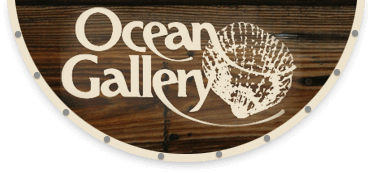
The Ocean Gallery Properties offers professional property management for the Ocean Gallery Resort. We manage and rent the Ocean Gallery's oceanfront.. learn more

Suncastle Properties of Ponte Vedra..
Suncastle Properties is your one-stop for Residential Property Management and Home Rentals. Specializing in Short-term and Vacation Rentals, Long-term.. learn more
Frequently Asked Questions
Are Pets Allowed in Ponce De Leon's Fountain of Youth Archaeological Park?
When considering a visit with your furry friend, it's important to understand the pet policy and park rules. Generally, parks have specific guidelines to guarantee a pleasant experience for all visitors. For Ponce De Leon's Fountain of Youth Archaeological Park, pets are indeed welcome, provided they're on a leash and well-behaved. This policy guarantees freedom for pet owners while maintaining a respectful environment for everyone.
Is There a Gift Shop on the Premises?
You're probably wondering if there's a gift shop on the premises. Yes, there is, and it's a great spot for souvenir shopping. You'll find a wide variety of merchandise, including exclusive items and unique finds that capture the essence of the location. For those who desire freedom in their choices, this gift shop offers plenty of options to bring a piece of your visit back home.
Are There Guided Tours Available for Visitors?
You've got to wonder if there are guided tours available for visitors. They offer a fantastic way to explore the historical significance of the site. With knowledgeable guides, you'll discover interactive exhibits that bring history to life. These tours provide context and detailed information, enhancing your understanding and appreciation. For those who love freedom, you can still explore independently, but guided tours offer a structured, enriching experience.
How Much Time Should I Allocate to Explore the Park Fully?
To fully explore the park, you should allocate at least 3-4 hours. This allows ample time for exploring trails and appreciating the historical artifacts. Based on visitor experiences, spending this amount of time guarantees you won't feel rushed and can enjoy the park's rich history at your own pace. It's an immersive experience, and giving yourself freedom to explore thoroughly enhances your visit markedly.
Is the Park Wheelchair Accessible?
Yes, the park is wheelchair accessible. It's designed with accessibility features to guarantee inclusive experiences for all visitors. You'll find paved pathways and ramps that make getting around easier. Restrooms and key exhibits are also accessible. These thoughtful accommodations allow everyone to explore freely and enjoy the full experience. Always check the park's website or call ahead for the most up-to-date information on accessibility features.
Vacation Rentals in St Augustine Florida








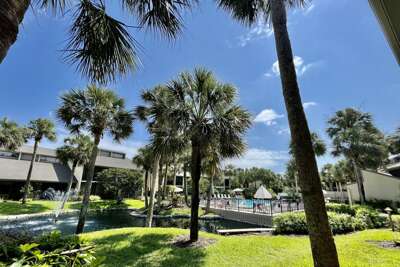



Additional St Augustine Area Articles
Vacation Rental Profit: How to Calculate True Earnings
by Justin Osborne
Gulf Islands National Seashore
Mississippi Gulf Coast
First Apartment Abroad for English Teaches
by Daniela McVicker

